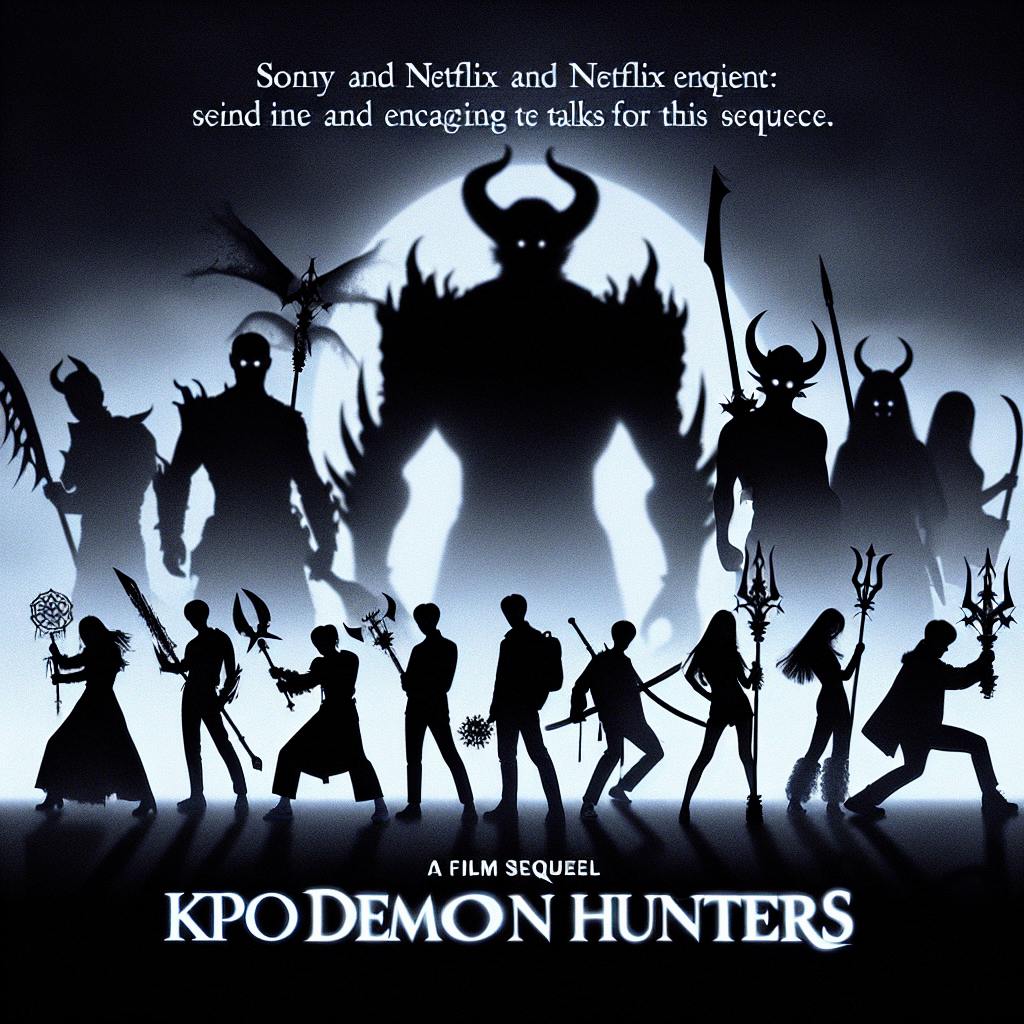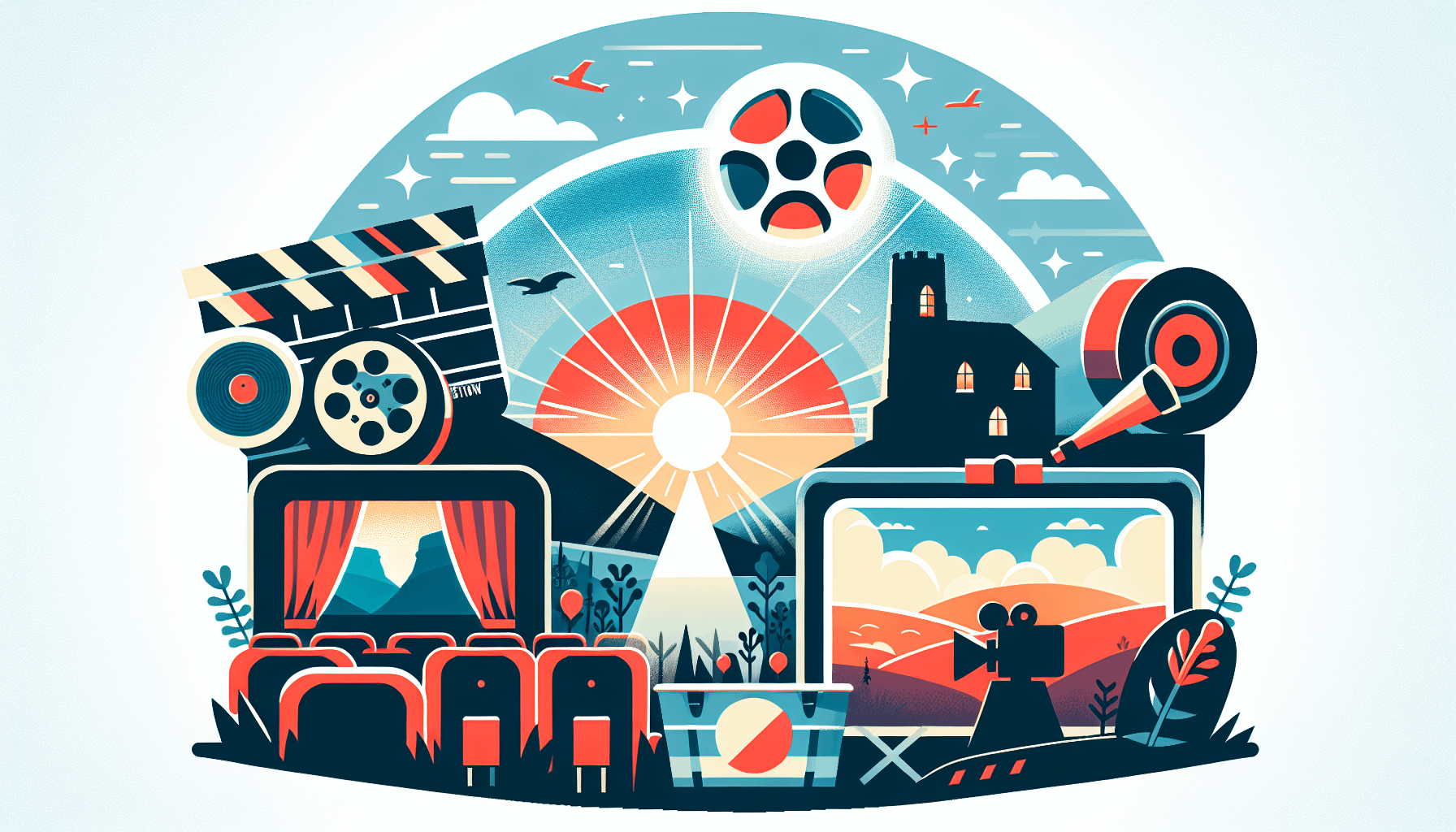Orson Welles’ Lost Movie Comes Back to Life with AI
In a feat that’s nothing short of mind-blowing, Orson Welles’ long-lost movie is about to see the light of day once again. This time, however, it’s not merely a rediscovered copy of the film that’s creating a buzz. Instead, artificial intelligence (AI) is in the spotlight, set to reconstruct the missing 43 minutes of the movie – a revelation reported by The Hollywood Reporter.
Lost and Found: Reconstructing Welles’ Masterpiece
Orson Welles, one of the most significant figures in the world of film, has an unfinished creation. A missing piece of cinema history, preserved only in fragments and thus incomplete in the eyes of movie fanatics. But thanks to the advancements in technology, AI is stepping in to breathe new life into Welles’ incomplete movie.
How exactly, you may ask? By recreating the lost 43 minutes of the film.
Existence of these missing minutes had confounded film scholars and fans for years. And now, technology might just be the key to unlock what was thought to be lost forever, bringing fans closer to Welles, the genius director that changed the face of cinema.
Artificial Intelligence: The Unseen Restoration Hero
The usage of AI in film restoration is not entirely new, but it’s typically used to enhance quality or manipulate features. In this case, however, AI is being used to reconstruct a portion of a movie that, simply put, doesn’t exist anymore. This breakthrough sets a new precedent in the world of film restoration, a possibility that has intrigued film buffs and technophiles alike.
The process involves leveraging AI to analyze and study the available portions of the movie, then using that knowledge to recreate the missing 43 minutes. Intriguing, isn’t it?
Anticipation Builds: A Nod to the Past and a Step Towards the Future
The restoration of Welles’ lost masterpiece is a huge nod to the past, bringing fans closer to the world of traditional cinema. The success of this venture could potentially redefine the borders of cinematic narrative and the restoration process of old films.
While there’s still considerable work to do and the final product is yet to be seen, the anticipation has already ignited a spark of excitement among fans. For now, all eyes are on this ambitious project that might well change our understanding of film history.
As we await the arrival of the reconstructed gem, let’s appreciate the genius of Orson Welles and the wonders of technology that’s helping us unearth his lost creation.
Conclusion
In conclusion, the use of AI to restore Orson Welles’ lost movie is a breakthrough in film technology, promising not just a revival of lost art but a glimpse into the uncharted territory. Through such advancements, we are merging the world of classic cinema and technology, adding an enticing new chapter to film history. It’s a fascinating fusion of the past and future, a cinematic time machine if you will. Get ready to embark on this unique journey. Stay tuned for more updates from the captivating world of cinema!




